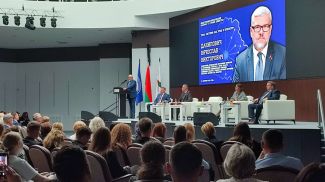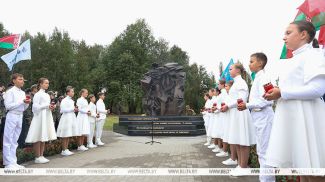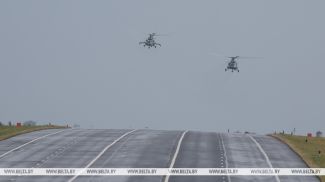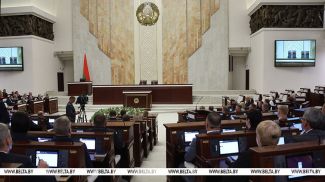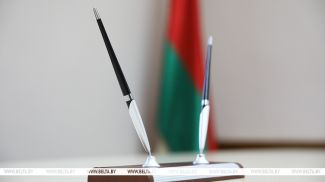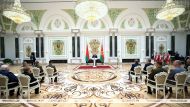MINSK, 21 December (BelTA) – Belarus is developing a national tourism promotion strategy for the short- and long-term perspectives, Deputy Prime Minister Igor Petrishenko said at a session of the inter-ministerial expert and coordination council for tourism at the Council of Ministers on 21 December, BelTA has learned.
Igor Petrishenko recalled that the head of state hosted several meetings to discuss the tourism industry. It was noted at one of such meetings that planning in the tourism sector is inadequate and incomprehensive and the obstacles impeding the industry growth are still not removed.
“In this regard, each of the ministries and each member of the inter-ministerial council will be in charge of promoting a certain type of tourism or certain tourism-related tasks. The council should team up with the Sport and Tourism Ministry to work out tourism promotion plans to run until 2035. These plans are to be incorporated into the draft national tourism promotion strategy. The strategy is being elaborated by a working group set by the Sport and Tourism Ministry. The work should be intensified in order to produce a specific, comprehensible and detailed document. At the same time, tourism promotion should not be perceived by ministries as an additional function and burden, rather as one of their areas of focus, because tourism promotion efforts can bring tangible benefits to people, the industry and the country in general,” Igor Petrishenko said.
The tourism promotion strategy will be developed for the short- and long-term perspectives based on profound analysis of the industry, its bottlenecks and international trends. This document should provide answers to the following questions: how to make the most of the existing growth factors on the tourism market; how to turn the tourism industry into a driver of the country's social and economic growth; how to make it attractive for investors and how to create new jobs.
According to Igor Petrishenko, the tourism industry in Belarus has the following growth factors: favorable geographical location, good transport and tourism infrastructure, rich historical and cultural heritage, numerous monuments, state support for the tourism industry, a well-developed healthcare system and a great number of health resorts. “Not even a quarter of these resources and capacities are used. The tourism infrastructure is being improved; event and sport tourism is advancing. However, the progress is too slow and lags behind our capacities,” Igor Petrishenko said.
The biggest issues are underdeveloped domestic and inbound tourism and roadside service facilities, uncompetitive prices for tourism services, slow diversification of tourism services, inadequate recognizability of the country abroad, just to name a few.
The participants of the inter-ministerial council analyzed the development issues the industry faced in 2018, discussed the reasons behind them and outlined the tasks for 2019.




